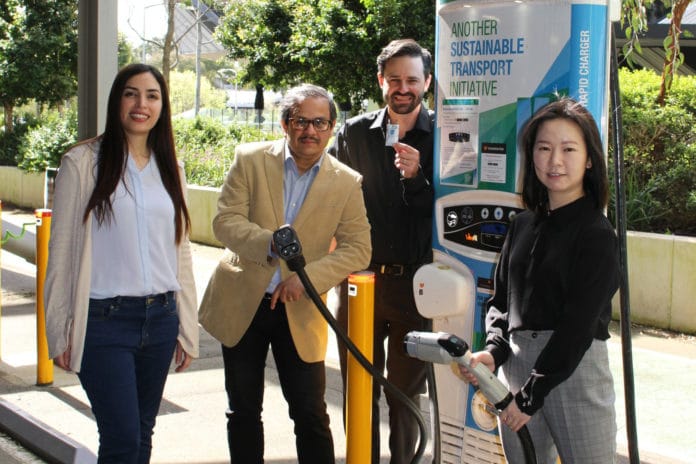Now, researchers from the Monash Energy Institute have created a longer-lasting, lighter, more sustainable rival to the lithium-ion batteries by simply adding a spoonful of sugar to address inherent stability issues.
In theory, lithium-sulfur batteries could store up to five times more energy than lithium-ion batteries of the same weight; the problem is in their useful life. Lithium-sulfur batteries, which are also lighter and cheaper than today’s models, maybe the next generation of power cells that we use in electric cars or mobile phones – if scientists can get them to last for longer.
The problem is – as the positive sulfur electrode suffers from substantial expansion and contraction during charging, it is subject to significant stress and quickly deteriorates. And the negative lithium electrode becomes contaminated by sulfur compounds.
Last year, a team of researchers at Monash University in Melbourne demonstrated that they could open the structure of the sulfur electrode to accommodate expansion and make it more accessible to lithium. Now, the team introduced a sugar-based additive into the web-like architecture of the electrode to stabilize the sulfur, preventing it from moving and blanketing the lithium electrode.
The breakthrough stems from a 1988 geochemistry report that describes how sugar-based substances resist degradations in geological sediments by forming strong bonds with sulfides.
The experimental cell prototypes have shown 97% sulfur utilization with a cycle life of 1000 cycles and capacity retention of around 700 mAh per gram after 1000 cycles.
“So each charge lasts longer, extending the battery’s life,” says the first author of the study and Ph.D. student Yingyi Huang. “And manufacturing the batteries doesn’t require exotic, toxic, and expensive materials.“
According to the researchers, thanks to the sugar-based additive, their technology has the potential to store two to five times the energy of today’s lithium batteries. They are hoping to use the technology to enter the growing market for electric vehicles and electronic devices.
“While many of the challenges on the cathode side of the battery has been solved by our team, there is still need for further innovation into the protection of the lithium metal anode to enable large-scale uptake of this promising technology – innovations that may be right around the corner,” said Dr. Mahdokht Shaibani, second author and Monash researcher.
